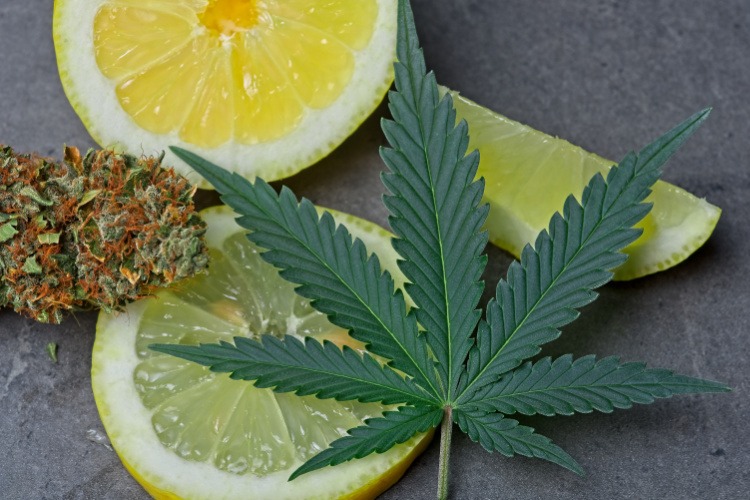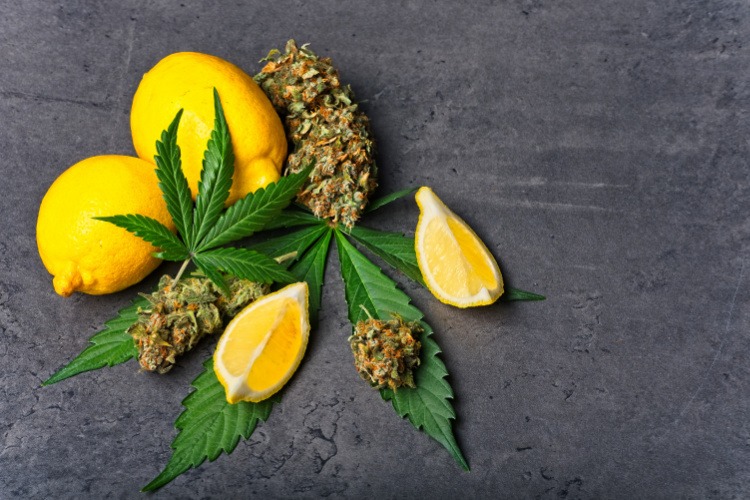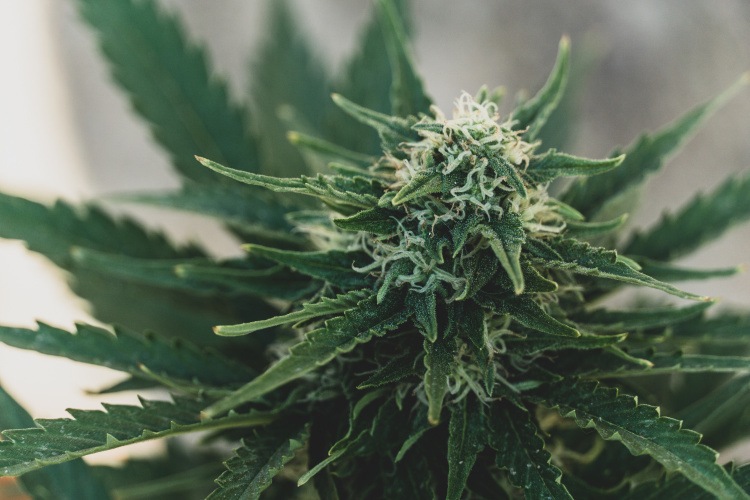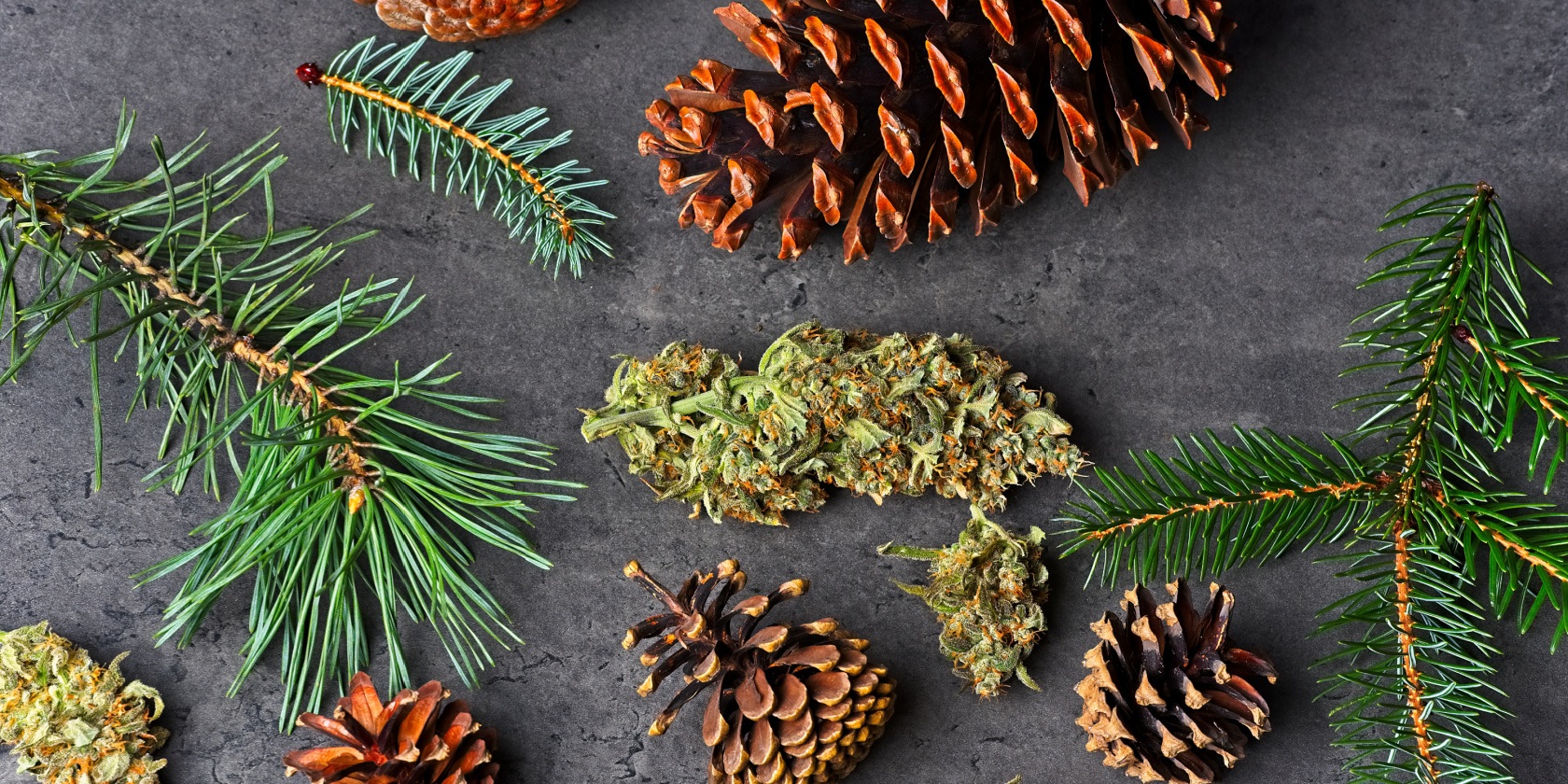
If you’re fairly familiar with cannabis, chances are you’ve heard of cannabinoids. You may not be as familiar with terpenes. Also called “terpes” by cannabis industry folks, these organic compounds also play a huge role in how cannabis makes you feel and the sensory experience you enjoy. We laid out a Terpenes 101 Guide below!
That’s why we’re going to answer some key questions about terpenes today. We’ll cover what these compounds are, what they do, what they’re used for, what they look like, as well as the burning question: Do terpenes get you high?
Terpenes: What are They?
We briefly touched on what terpenes are and how they affect cannabis flower in previous posts. But we’ve never gone in-depth on these critical components of cannabis. We’re going to change that in the next section.
What do Terpenes Do?
Terpenes are part of a vast group of naturally-occurring compounds. Also known as “terpenoids,” these compounds carry potent aromas and flavors.
Countless plants and animals develop terpenes naturally. Generally, they do this for one of two reasons. First, some plants and animals create terpenes to ward off predators. Second, many plant terpenes attract pollinating insects, such as bees. In this way, terpenes help plants forge a symbiotic relationship with pollinators.
While all terpenes fulfill these vital roles in nature, there’s more to the story with cannabis terpenes and why they’ve become a hot topic in our sector. More on that later. First, a bit more background.

What are Terpenes Used For?
Outside of their natural purposes, humans have used terpenes for various purposes. For example, turpentine (from which “terpinene” derives its name) is a powerful solvent. Notably, perfumists have used terpenes as a core component of their fragrances for years. Finally, terpenes play a role in many folk medicine practices, and they’re a core component of aromatherapy and essential oil regimens.
What do Terpenes Look Like?
When completely isolated from other compounds, terpenes appear as a colorless oil. However, cannabis terpenes develop as a natural part of many plant’s flowers. Extracts, which feature a higher concentration of terpene oils than flower does, usually create a viscous gold- or tan-colored fluid.

Cannabis Terpenes
Not all of nature’s terpenes appear in cannabis. But many of the ones that do appear to have some beneficial properties. Below, we’ll cover some of the most common terpenes found in cannabis plants, along with their signature characteristics and possible medicinal uses.
- Limonene: This zesty citrus terpene also appears in fruits such as oranges and lemons. It may be able to enhance the properties of other terpenes, as well as reducing inflammation and easing inflammation.
- Myrcene: Also found in mangos, myrcene is one of the most common cannabis terpenes. It may be able to counteract fungus and bacteria.
- Humulene: This bitter terpene appears with abundance in hops, a main ingredient in beer. It may be able to boost energy, help counteract chronic pain like arthritis, and soothe digestive problems.
This is by no means an exhaustive list of cannabis terpenes. In fact, cannabis plants develop more than 100 terpenes naturally. Ultimately, the best way to understand terpenes is to experience them for yourself. If you’re interested in exploring the cannabis terpenes, check out our online store.






